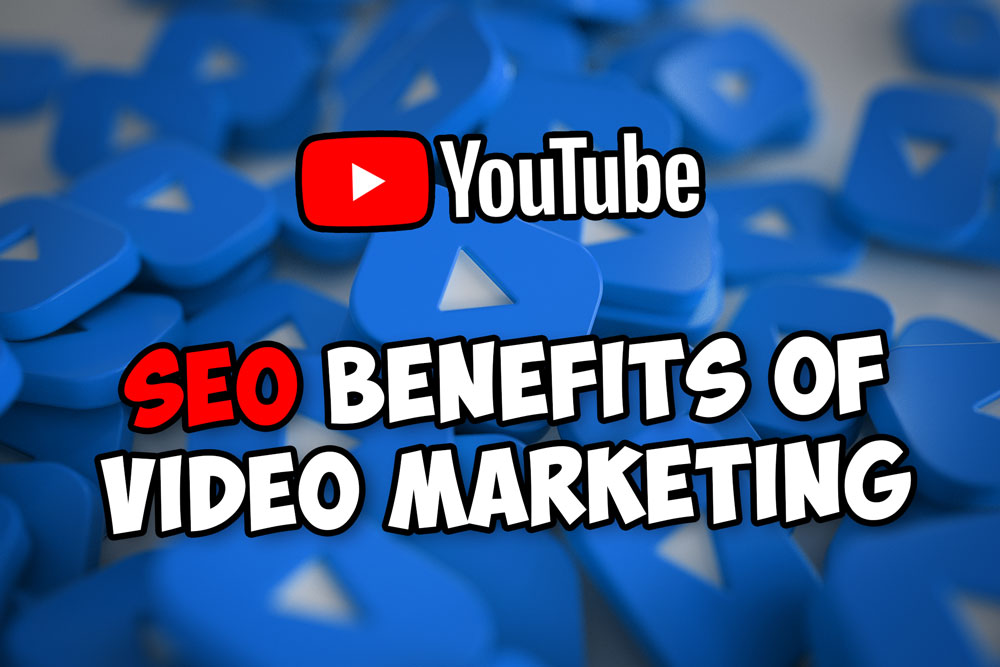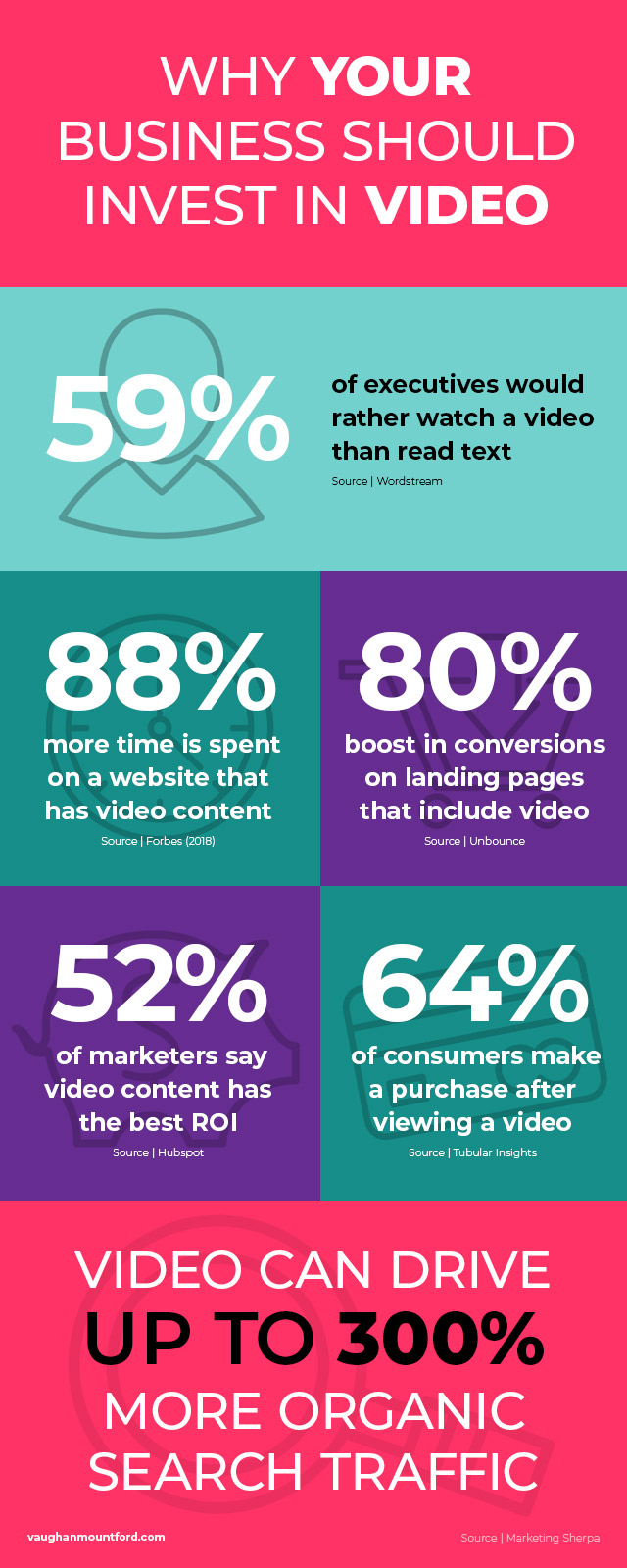8 Rules to Get the Ultimate SEO Benefits of Video Marketing
Let’s settle one argument right now: You absolutely must be using video as the foundation of your online marketing. No matter what you’re selling or promoting, video will convey your message in the most compelling and convincing way. In just sixty-seconds a video could easily convey all the key points of a thousand-word blog post; and do so in style. Consumers prefer brands that use video in their communications (check out my other article for 8 ways to create high retention videos for YouTube).
Research by Tubular Insights indicated that 64% of consumers make a decision to purchase on the basis of viewing a video about a product. At a B2B marketing level, a study by Wordstream found that 59% of executives would prefer to watch a video than read text.

Does Video Content Improve SEO?
One word answer: No. Yes. Possibly. Definitely.
-
-
A Marketing Department junior uploads the video to YouTube. The title is unchanged and the meta description is left blank.
-
The video is embedded on a thin-content blog post, or posted on the corporate Twitter account or LinkedIn company page.
-
The video gains a handful of initial views (often by people already connected to the client’s business in some way) then quickly fades into history.
-
The client feels they wasted their money making a video, and don’t bother repeating the exercise.
-
How to Optimize YouTube Videos
#1 Make Maximum Use of YouTube Title SEO!
#2 Never Leave the Description Blank!
#3 Design Your Own Goddam Thumbnails!
The Ahrefs YouTube channel demonstrates how video thumbnails are done right!
#4 Backlink From YouTube!
#5 Transcribe the Dialogue!
How Can I Improve My Video SEO?
#6 Embed Your Video in Prime Position!
#7 Video Won’t Rescue a Crappy Page!
#8 Maximise Your Investment!
Tom Vaughan-Mountford is an experienced and versatile creative and exponent of the SEO benefits of video marketing. Tom pursues a varied career as a Video Content Producer, Video Editor, and Designer. He is the Author of Managing a Video Production Company. In addition to pursuing freelance production projects, Tom is also the Senior Video Editor and co-owner of video marketing production company JMS Group in Norwich, UK. You can follow Tom on Twitter @tomontv and Instagram @tomvaughanmountford


